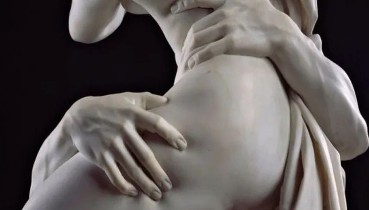
Amazing Nature
07 April 2024 ( 29 views )

Advertisements
Trilobite's Last Meal Revealed in 465-Million-Year-Old Fossil
A fossilized trilobite from the ordovician period, which is so well preserved that a team of paleontologists was able to identify its last meal, now mineralized in the creature’s fossil stomach. This unique fossil, three-dimensionally preserved in a so-called Rokycany ball, was found more than a hundred years ago. But it has revealed its secrets only now, thanks to the cutting-edge imaging methods of synchrotron tomography.

The research fills a fundamental gap in our understanding of trilobite ecology and their role in Paleozoic ecosystems. The fossilized trilobite was discovered by a private collector, Karel Holub, already in 1908 and has since been housed in the museum of Rokycany (today the Museum of B. Horák, part of the Museum of West Bohemia in Pilsen). “I remember this specimen from my childhood,” says the first author of the study, Petr Kraft from the Faculty of Science of the CU, “it was my grandfather’s favorite fossil. That is why its photo once hung in the office of paleontology at the Rokycany museum, where he volunteered.” A high-resolution 3-D scan of a fossilized trilobite reveals what the ancient marine arthropod ate before it died But it was not until the beginning of the 21st century that paleontologists realized that the bits of shells visible in the peeled-off median axis of the trilobite’s trunk could represent preserved digestive tract contents. At that time, it was impossible to examine them without destroying the rare fossil. A breakthrough came with the use of a powerful tool called synchrotron tomography, which enabled the scientists to non-destructively image all the shell fragments in the gut at high resolution. The Rokycany trilobite is among the first Czech fossils that were examined at the European Synchrotron (ESRF) in Grenoble, France.
“Obtaining slice images, similar to what most people know from hospital CT scans, is only the first step. This is followed by manual segmentation of individual structures using a reconstruction software. The three-dimensional model of the fossil is then rendered in a virtual photo studio, which increases the image depth and results in an extremely informative figure,” says Valéria Vaškaninová from the Faculty of Science of the CU, who first used this time-consuming but effective combination of imaging methods in a paper on the origin of vertebrate teeth published in 2020 in Science. The digestive tract of the trilobite Bohemolichas incola was tightly packed with calcareous shells and their fragments that belonged to marine invertebrates such as ostracods, bivalves and echinoderms, some of them identifiable to the species level. The authors propose that the trilobite was an opportunistic scavenger, a light crusher and a chance feeder that ate dead or living animals, which either disintegrated easily or were small enough to be swallowed whole, without any attempt to reject the hard shells. It is remarkable that even the thin-walled calcareous shells are not even partially dissolved throughout the digestive tract. This indicates that they were not exposed to an acidic environment. A near-neutral or slightly alkaline gut environment can also be observed in modern crustaceans and horseshoe crabs, suggesting that it might be an ancestral character of arthropods. After death, this scavenger became scavenged. The researchers discovered numerous tracks of tiny scavengers that burrowed into the trilobite’s carcass buried in a shallow depth in the muddy sea floor. They apparently targeted soft tissue but avoided the gut, which is unusual. The scavengers may have sensed that the internal environment of the digestive tract was noxious and contained still-functioning digestive enzymes. But they were also unlucky as they were soon trapped by a solid “ball” rapidly forming around the dead trilobite, as evidenced by the absence of exit tracks.
Recommended Videos
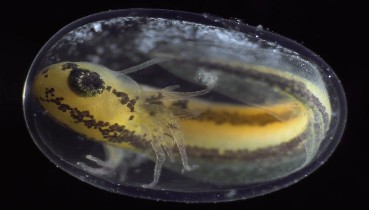 Amazing Timelapse Shows a Salamander Growing From a Single Cell Into a Complete, Complex Living Organism Over Three Weeks136 views
Amazing Timelapse Shows a Salamander Growing From a Single Cell Into a Complete, Complex Living Organism Over Three Weeks136 views The World’s 20 Most Beautiful Natural Swimming Pools761 views
The World’s 20 Most Beautiful Natural Swimming Pools761 views-
Advertisements
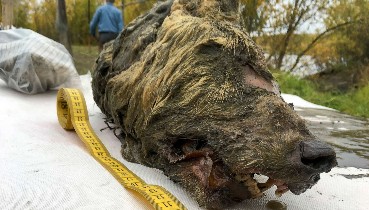 In Siberian Permafrost, A Perfectly Preserved 32,000-Year-Old Wolf Head Was Discovered374 views
In Siberian Permafrost, A Perfectly Preserved 32,000-Year-Old Wolf Head Was Discovered374 views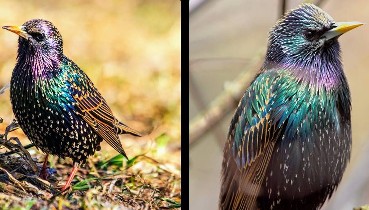 European starling (Sturnus vulgaris)822 views
European starling (Sturnus vulgaris)822 views Crayfish from the clear lagoon waters of the Great Barrier Reef.131 views
Crayfish from the clear lagoon waters of the Great Barrier Reef.131 views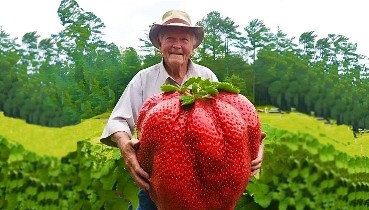 These Gigantic Stɾɑwberɾies Will Leave You Astonished by TҺeir UnƄelievabƖe You239 views
These Gigantic Stɾɑwberɾies Will Leave You Astonished by TҺeir UnƄelievabƖe You239 views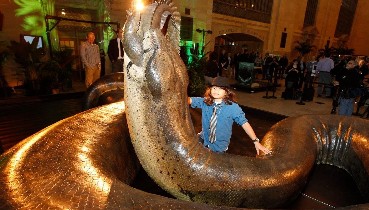 Meet Titanoboa, the Largest Snake to Have Ever Roamed the Earth298 views
Meet Titanoboa, the Largest Snake to Have Ever Roamed the Earth298 views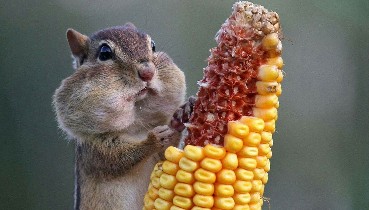 Funny And Cute Photos Of Animals (31 New Pics)1530 views
Funny And Cute Photos Of Animals (31 New Pics)1530 views
Advertisements

